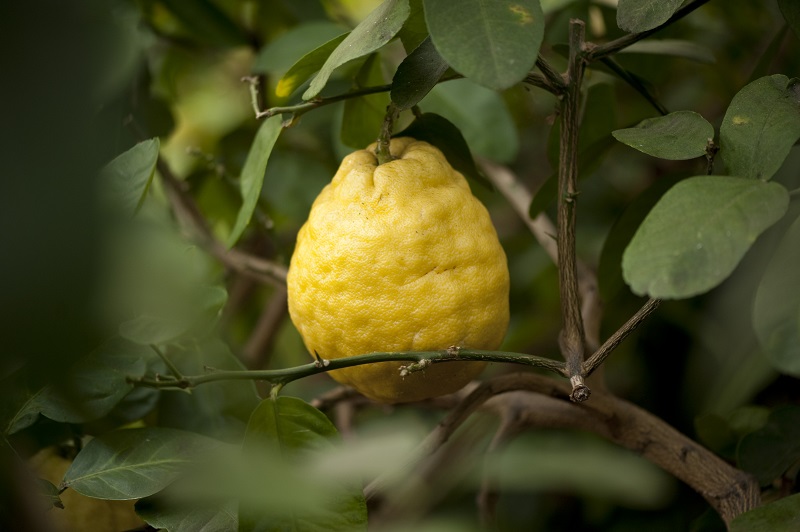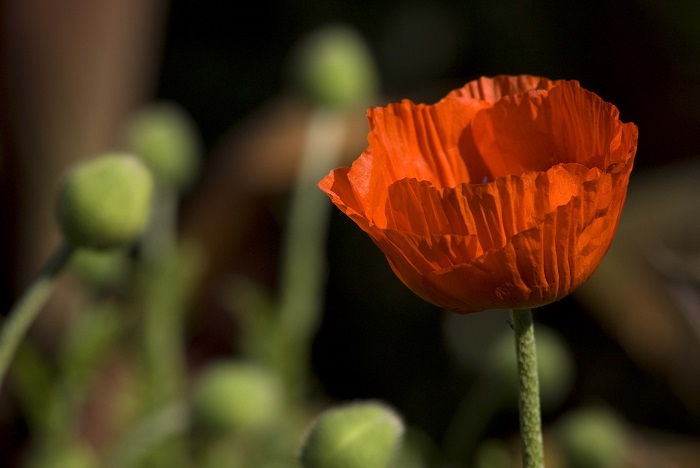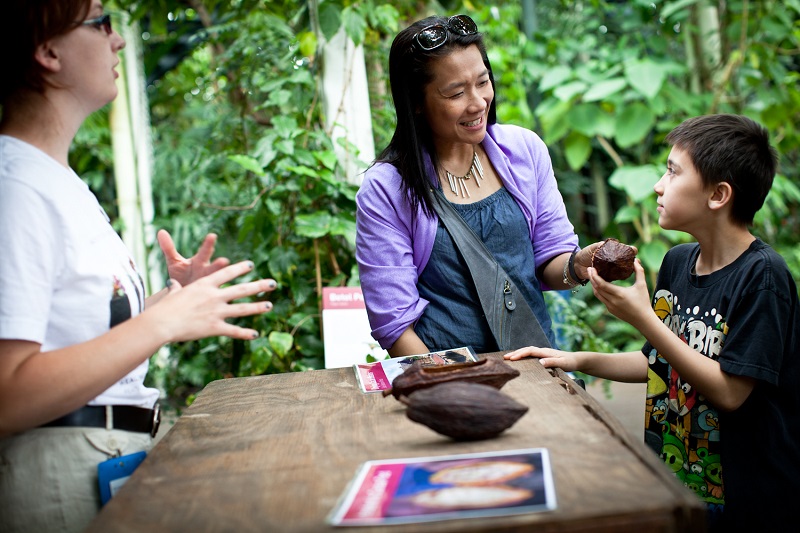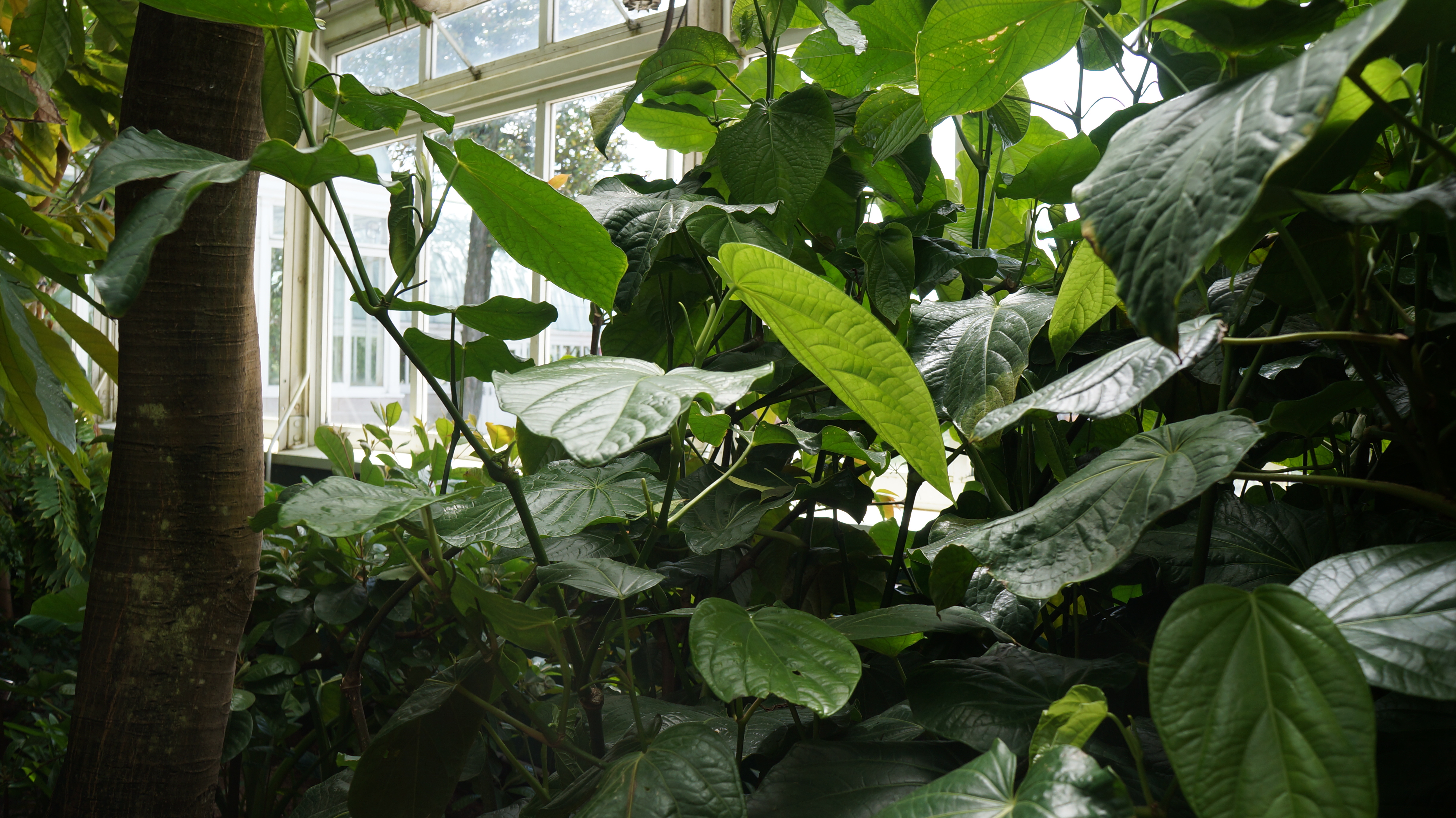Image Gallery: 7 Potent Medicinal Plants
Wild Medicine

In a living exhibition called "Wild Medicine," 500 herbs with healing properties are on display at the New York Botanical Garden through Sept. 8, 2013. Click through to read about seven of the potent plants featured in the show.
Rosy Periwinkle

Rosy periwinkle, sometimes called Madagascar periwinkle, has been used in traditional Indian and Chinese medicines to treat a wide range of ailments from diabetes to constipation. But more than four decades ago, scientists isolated the plant's alkaloids vincristine and vinblastine, which are today used in chemotherapy treatments and credited with increasing the survival rate for childhood leukemia.
Henbane

The plant Hyoscyamus niger, or black henbane, pictured here is highly poisonous. In Shakespeare's "Hamlet," Claudius kills Hamlet's father by pouring a tincture of "cursed hebenon" (thought to be henbane) into his ear. The plant also has psychoactive properties. As legend has it, henbane was used in witch's ointments to create hallucinogenic sensation of flying. It also contains the chemical hyoscyamine which has been incorporated into prescription drugs that can ease muscle spasms and symptoms of Parkinson's disease.
Foxglove

Foxglove's drooping pink or white flowers may be pretty, but they can be highly toxic. Eating any part of this plant can cause nausea, vomiting, cramps, diarrhea and a change in heart rate. But those effects of foxglove, whose formal name is Digitalis purpurea, have long been harnessed to treat disease. In the 18th century, foxglove was used with surprising success in infusions to treat dropsy, a disease now known as edema that can cause swelling bad enough to rip open the skin. Chemicals from the plant have also been used to create digitalis medications such as digoxin, often administered to patients with congestive heart failure.
Citrus

Alone, citrus fruits like lemons, limes and oranges offer the powerful antioxidant vitamin C. But citrus fruits also offer a powerful example of how certain plants can dramatically alter the effects of other drugs. Notably, grapefruit juice can increase the potency of certain drugs — examples range from cholesterol-lowering statins to certain oral contraceptives — because it contains a chemical that can disable enzymes that would otherwise break down medications in the digestive system.
Opium Poppy

Perhaps no plant has a more intricate global history than the opium poppy. The plant was used for medicinal purposes in China for centuries. In the early 19th century, the delicate herb gave rise to the powerful analgesic morphine that is still used to kill pain today. But opium has a dark side. It's also the source of the body-wrecking drug heroin.
Cacao

The seeds of the cacao tree are the source of the chocolate we find in our candy bars today. Native to the South American tropics, the plant was used by the Maya and Aztec for centuries to treat fevers, coughs and even the pains of childbirth. Several recent studies have found that cacao has compounds that can have positive effects on heart health, such as lowering blood pressure and preventing the hardening of arteries. Yes, that means a little bit of chocolate, especially dark chocolate that's high in cacao, can be good for you.
Get the world’s most fascinating discoveries delivered straight to your inbox.
Kava

Some Pacific Islanders grind up kava root to make a potent drink that is used during rituals like weddings and even during the settlement of disputes. Recent studies have shown that kava can indeed help relieve anxiety and stress. The active chemicals of the plant are compounds called kavalactones, which have similar effects to drugs like Xanax.



